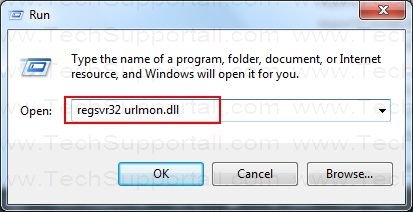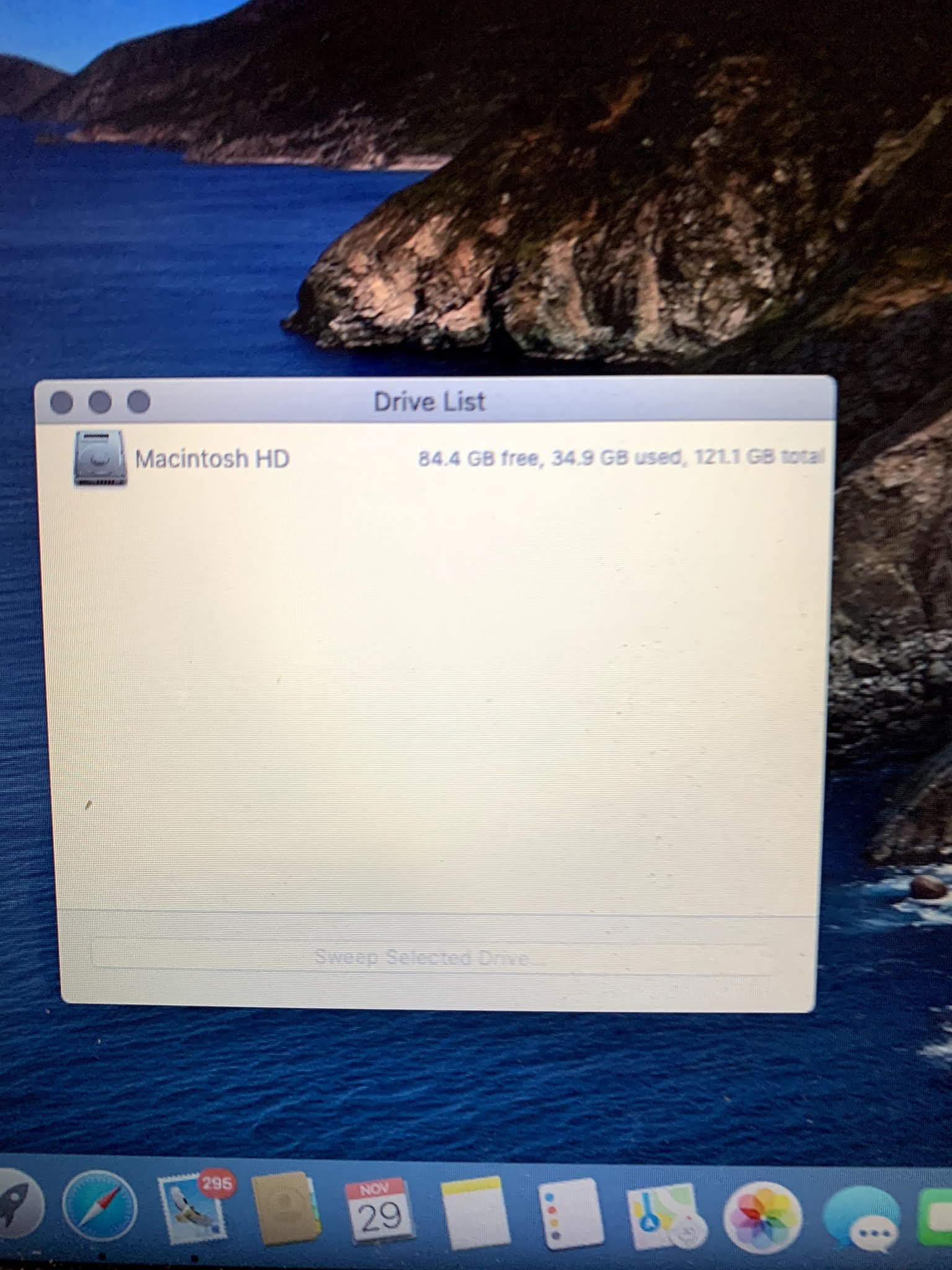

- #Cant access omnidisksweeper how to#
- #Cant access omnidisksweeper install#
- #Cant access omnidisksweeper software#
- #Cant access omnidisksweeper series#
- #Cant access omnidisksweeper mac#
For example, old app folders that you do not need or have.Īt times, we install a browser extension for a purpose, and then do not reuse them or simply forget that it exists.
#Cant access omnidisksweeper mac#
Clear Temporary Files Located in Other Storage on Mac In case not, copy the contents of the backup Caches folder from desktop inside the actual Caches folder.Ĭlearing browser cache and website files for Safari also reduce the Other storage. Next, open the Caches folder, press Command + A, right-click, and then Move to Trash. If you do not understand what to delete, go back and copy the entire Caches folder to desktop (for backup). Note + Tip: With regular use, macOS will recreate these caches. Right-click on the Trash icon and choose Empty Trash.Right-click on unnecessary app/service folders and choose Move to Trash.You will see a new option for the Library.

Make sure you remove only the unnecessary ones. Note: Caches are there to make your Mac experience better and faster.
#Cant access omnidisksweeper how to#
But if you are too low on storage or believe in having the cache of unused/uninstalled apps, here is how to delete them. In typical situations, you do not need to worry much about cache.
#Cant access omnidisksweeper software#
Use Third-Party Software to Free Storage on Mac.

Delete Unnecessary iPhone and iPad Backups.Clear Temporary Files Located in Other Storage on Mac.Various file and file types not recognized by Spotlight, for example, a virtual machine hard drive, Windows Boot Camp partitions, etc.Fonts, app accessories, application plugins, and app extensions.Cache items, including browser cache and locally stored message media files.Application Support files, iCloud files, Screensavers, etc.Files in the system folders of macOS, including temporary files, swap, voices, etc.Any type of archives and disk images, including zips, dmg, iso, tar, etc.Common documents and file types, including PDF, doc, PSD, etc.In the simplest of terms, the “Other” category is a combination of files that are not recognized as one of the other file types. This section houses a mix of junk and important files. Just like the ‘Other’ on iPhone and iPad, it is home to several files, cached data, and more. You will see how much space is occupied by different categories like Apps, Photos, System, Trash, Other, etc. Take the mouse pointer to colored sections.Click on the Apple logo from the top-left and choose About This Mac.You may wonder what is Other storage on Mac, why it eats up so much space, and how can I delete it? Let me help by telling you more about this to free space on your Mac. Repeat this process for the bigger directories that aren't managed by the system (such as Library) and you'll be able to trim a lot of fats from your drive.When you check the storage on your Mac, you might see a significant percentage of space occupied by something called ‘ Other.’ macOS does not go into much detail. I then empty the entire Downloads directory. Since this is where the Mac saves downloaded files, I double-click it the directory – opening Finder – and verifies that there isn't any file that I want to keep. Taking up 5.8GB, the Downloads directory is low hanging fruit. You can browse around by clicking.įor illustration purposes, let's say I want to delay cleaning of my Pictures and Documents directories for the time being. That can present some good opportunity for clearing up my disk. In the screenshot above, you'll see that in my case, the /Users directory is taking up a whooping 172.6 GB of my hard disk. Once the app is done (the word "sizing" will no longer be shown in the title bar). The numbers indicate how much space the directory is taking up, with a red number indicating that directory is still being scanned. While it's running, the title bar will say it's "sizing" and you'll see that the numbers besides each directory have different colors. Subject to the size and type of your disk, OmniDiskSweeper should take at least a few minutes to run. If you have multiple hard disks or have external disks attached, you will see more than one entry.

Double click on it to start scanning your drive contents. Chances are the first entry will read "Macintosh HD". Launch the app and it'll show you a list of drives. OmniDiskSweeper from The Omni Group is great for figuring this out. In order to reduce disk usage, you need to know what is unnecessarily using up disk space. Read the first post, Reducing Disk Usage on Your Mac by Processing Your Videos if you haven't.
#Cant access omnidisksweeper series#
This is the second post of a series of articles on reducing disk space usage on your Mac.


 0 kommentar(er)
0 kommentar(er)
